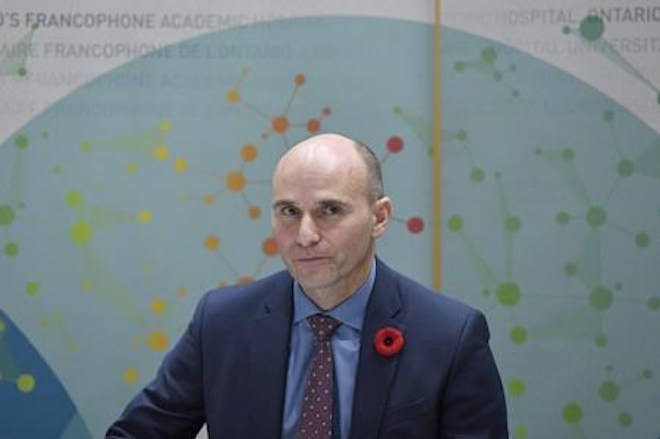The federal government has unveiled its highly anticipated national housing strategy, with the Liberals looking to ease the concerns of Canadians who fear being priced out of the market.
The plan will put a heavy focus on housing supply — building tens of thousands of affordable housing units over the next decade — and repurposing other cash to maintain housing supplements.
Ministers in the B.C. Government say they are committed to working with their federal counterparts through co-operative and collaborative partnerships that effectively address the housing needs of Canadians and are looking forward to more details in the coming weeks.
“Homes are the foundation of community,” said Premier John Horgan. “That’s why we’re building new, affordable homes across B.C., starting with 1,700 affordable rentals and 2,000 modular homes for our most vulnerable residents.”
A release from the Province stated they don’t want to miss any opportunities to “develop new affordable housing, prevent homelessness, and preserve the existing social housing stock for future generations of Canadians.” The release goes on to say the “National Housing Strategy should protect tenants in social housing and ensure the long-term viability of this stock.”
Related: Ottawa’s housing strategy offers $1 billion a year
The feds plan to spend tens of billions of dollars on a strategy is aimed at providing housing benefits directly to low-income tenants, as well as repairs and renovations to some 300,000 units cumulatively between 2021 — when the money is expected to start flowing — and 2028.
A new financing program will be created for housing providers to help them repair aging units and use their assets to leverage additional cash to build new apartments and homes.
The $15.9 billion housing fund will create 60,000 new affordable housing units, repair 240,000 more through grants and loans and prioritize mixed-income developments.
The document also says the government plans to create a federal housing advocate and legislate a right to housing, which will require regular reports to Parliament on federal efforts to ease the housing burden for hundreds of thousands of families.
Although the Liberals are touting some $40 billion in spending over the next decade, the math includes almost $10 billion in planned spending, repurposes $4.8 billion and then relies heavily on provinces and territories adding billions in matching fund.
The housing benefit, for instance, is supposed to be $4 billion over eight years, but that figure includes $2 billion from provinces and territories.
If any province or territory balks, the benefit won’t flow to their jurisdiction.
That means the Liberals will need months to negotiate funding deals with provinces and three years in the case of the housing benefit.
Federal funds won’t start to flow until next April. It’s also unclear how much will be spent annually.
Recently released census data found that 1.7 million households were in “core housing need” in 2016, meaning they spent more than one-third of their before-tax income on housing that may be substandard or does not meet their needs.
The government hopes that building 100,000 new affordable housing units, along with billions more in spending over the next decade, will lift 530,000 of those families out of core housing need and help 385,000 avoid losing their homes or help 50,000 more get out of homelessness.
Related: Tax haven controversy deals another body blow to Trudeau’s middle-class brand
“Housing is the foundation of healthy families and strong communities. Unfortunately, too many people are struggling to find homes they can afford. Provinces and territories are ready to work in partnership with the federal government to improve housing affordability, tackle homelessness, address Indigenous housing and make sure Canada maintains social housing stock today and in the future,” said Selina Robinson, Minister of Municipal Affairs and Housing for the Province of B.C.
Outside of Vancouver, the cities with the highest rates of core housing need were in Ontario. In Toronto, close to one in five households were financially stretched — the highest rate of any city in the country.
The Liberals laid the financial backbone for the plan in this year’s federal budget, promising $11.2 billion over a decade in new spending. About $5 billion of that money the Canada Mortgage and Housing Corp. is expected to turn into $15 billion by leveraging $10 billion in private investment.
Still, most of the money won’t be spent until after the next election in 2019, which concerns anti-poverty groups.
Those groups are planning demonstrations in multiple cities today, demanding the Liberals spend the full $11.2 billion before the next election.
Québec will be the only province not involved in this National Housing Strategy as its officials say they fully intend to exercise their own responsibilities and control over the planning, organization and management of housing. Instead, Québec will undertake discussions with the federal government to reach an asymmetrical agreement, distinct from this framework, that fully respects Québec’s programs and jurisdiction in the area of housing, in order to receive its fair share of any federal funding.
With files from The Canadian Press



